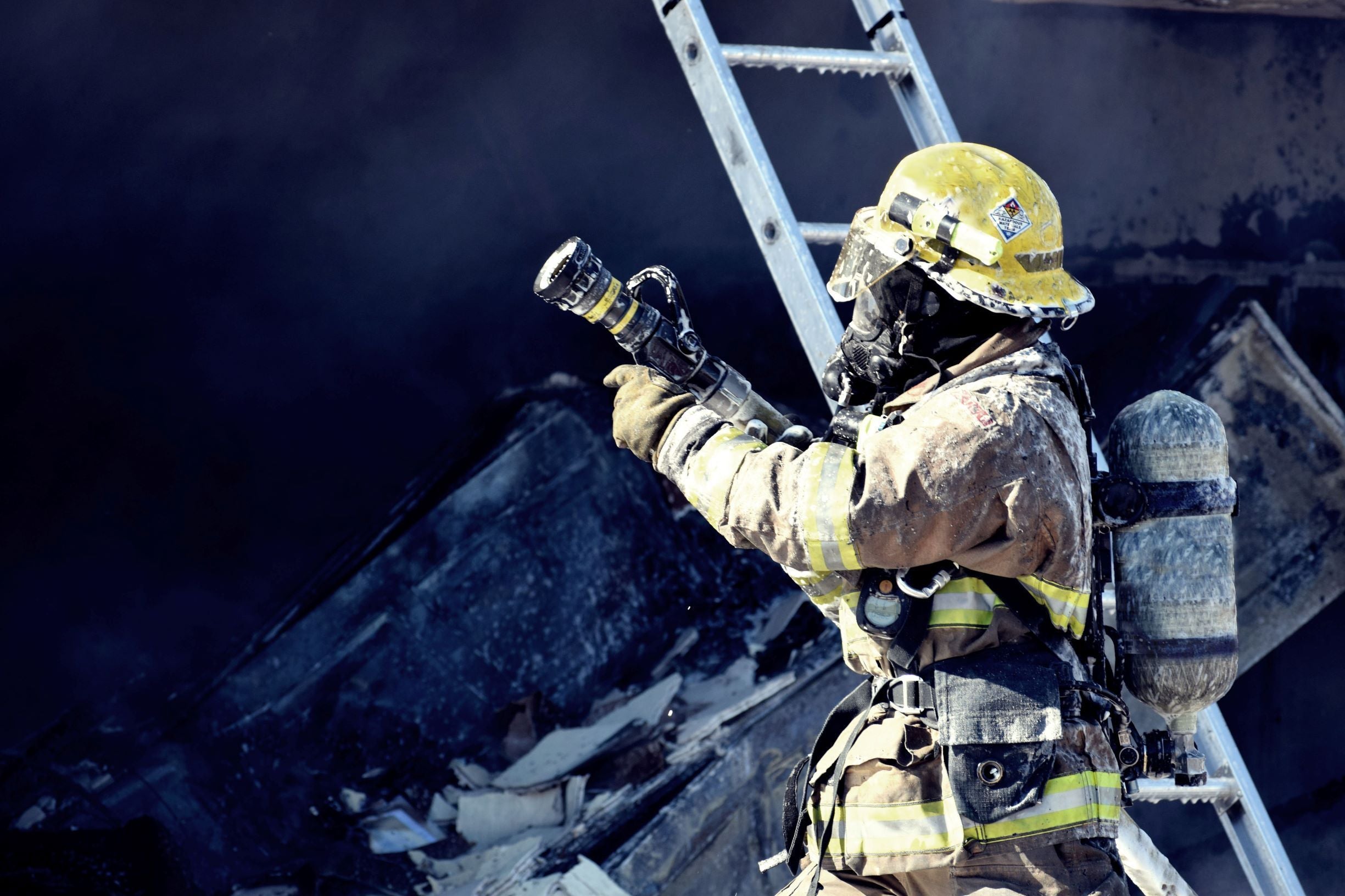In stressful situations, it can be confusing and frustrating to receive critical information full of jargon. During this wildfire season, we want you to be prepared and armed with the definitions of some of the most important terms firefighters and emergency response will be using.
10 Wildfire Terms to Know
- Air Quality Index: Measures ground-level ozone, particle pollution (also known as particulate matter), carbon monoxide, sulfur dioxide, and nitrogen dioxide.
- Brush Fire: A fire burning in vegetation that is predominantly shrubs, brush and scrub growth.
- Buffer Zones: An area of reduced vegetation that separates wildlands from vulnerable residential or business developments. This barrier is similar to a greenbelt in that it is usually used for another purpose such as agriculture, recreation areas, parks, or golf courses.
- Contain a fire: A fuel break around the fire has been completed. This break may include natural barriers or manually and/or mechanically constructed line.
- Control a fire: The complete extinguishment of a fire, including spot fires. Fireline has been strengthened so that flare-ups from within the perimeter of the fire will not break through this line.
- Creeping Fire: Fire burning with a low flame and spreading slowly.
- Crown Fire (Crowning): The movement of fire through the crowns of trees or shrubs more or less independently of the surface fire.
- Defensible Space: An area either natural or manmade where material capable of causing a fire to spread has been treated, cleared, reduced, or changed to act as a barrier between an advancing wildland fire and the loss to life, property, or resources. In practice, "defensible space" is defined as an area a minimum of 30 feet around a structure that is cleared of flammable brush or vegetation.
- Escape Route: A preplanned and understood route firefighters take to move to a safety zone or other low-risk area, such as an already burned area, previously constructed safety area, a meadow that won't burn, natural rocky area that is large enough to take refuge without being burned. When escape routes deviate from a defined physical path, they should be clearly marked (flagged).
- Fire Triangle: Instructional aid in which the sides of a triangle are used to represent the three factors (oxygen, heat, fuel) necessary for combustion and flame production; removal of any of the three factors causes flame production to cease.



Thanks for reading our post! We hope it was helpful and that you now feel better armed to face this season. If you're interested in getting more health updates and learning more about how wildfire season will affect you and your loved ones, follow our blog to get more useful information, like tips & resources for staying safe during a wildfire. And, to learn more wildfire terminology, visit https://www.nps.gov/zion/learn/nature/upload/Glossary-of-Wildland-Fire-Terms-General.pdf and https://www.weather.gov/safety/wildfire-ww.
